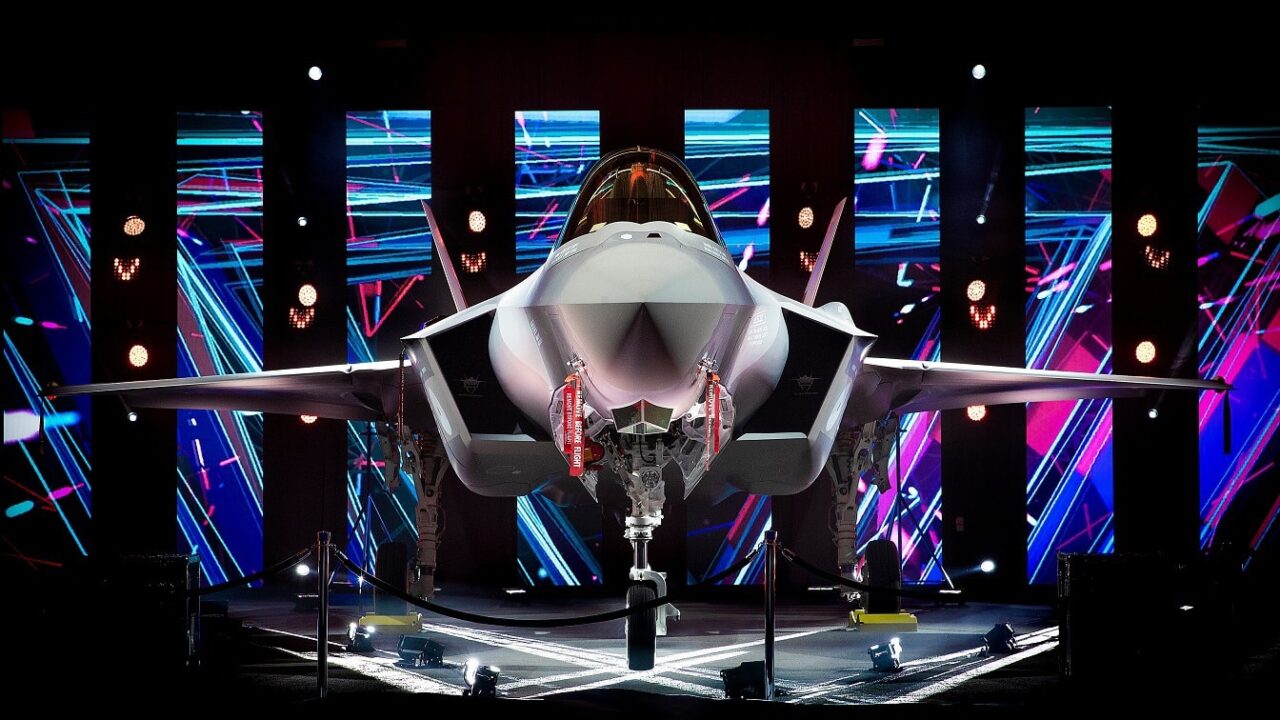Russia’s Mighty S-500 SAM System Is One to Reckon With – If you are following the war in Ukraine, undoubtedly you have heard about a no-fly zone. So far, NATO allies have avoided this tactic in order to refrain from becoming directly involved in the conflict. So, the Ukrainians have relied on the antiquated S-300 surface-to-air missile system to help patrol the skies.
But this is not the full story. The Russians have concurrently leaped ahead with their S-500 SAM system which is nicknamed the Prometheus and it is certainly mighty in its capabilities – even better than the already powerful S-400 Triumf SAM battery.
The S-500 is still being developed by the Russians, but it will make their air defense umbrella over their country much more effective.
What Are the Russians Working On?
The Russians began work on the S-500 mobile ground-based SAM system in 2010. Russian air defense artillery forces wanted something with an ultra long range and high ceiling – even a SAM that could attack against low-flying satellites, not to mention every enemy airplane under the sun, including drones. The S-500 would also defend against ballistic and cruise missiles. The Russians plan to have missiles for each one of these missions – anti-aircraft, anti-missile, and anti-satellite. The Russians will likely configure future interceptors to address hypersonic missiles.
S-500 Has Endured Schedule Slip
As usual, like many of its struggling weapons acquisition programs, the Russians are behind schedule on the S-500. The system was supposed to have been ready by 2014, but even after some successful test launches, it is still not completely serviceable.
The S-500 since its capabilities are so advanced would probably be arrayed around Moscow to supplement the S-400s already in service in that area of operations.
Its Aims Are Ambitious: A Counter to the F-35
You have to give Russia credit, if its claims are true, that the S-500 has set records in long-range target acquisition.
The interceptors, if claims are accurate, can take out incoming bogeys at up to 300 miles away – even reportedly radar locking and “painting” an F-35 Lightning II flying over Syria. The United States disputes that this encounter happened, but it shows how ambitious the Russian S-500 program is. It is a huge improvement over the S-400 that can only address targets that are 37 miles away. Plus the S-500 interception altitude could be as high as 650,000 feet, although that could be a Russian exaggeration, but it plainly can go after targets at high altitude.
Optimism About the S-500 Shows No Bounds
The Russians certainly know how to hype a new weapon. “The S-500 anti-aircraft missile system has no analogues in the world and is designed to defeat the entire spectrum of existing and promising aerospace attack weapons of a potential enemy in the entire range of altitudes and speeds,” the Russian Ministry of Defense said in a news release.
Multi-radar and Sensor System
An S-500 unit consists of up to twelve two-shot TEL-based launchers, re-supply vehicles, a command-and-control unit, and many different radars. These are carried on BAZ-6909 type trucks with 6, 8 or 10 wheels. One radar provides long-range search capability, another sensor executes higher-altitude missile detection. A basic radar provides fire control guidance, and an additional multi-mode radar is focused on faster-flying ballistic missiles.
Should Stealth Pilots Be Worried?
Could the S-500, if it is ever deployed in numbers (and this could take another few years), ever endanger American-made stealth F-35s and F-22s?
It certainly has several different radar systems that could latch onto a stealth airplane that would include the B-2 and B-21 stealth bombers. The Russians believe it could be the “silver bullet” against stealth technology and even independent analysts think it could successfully engage stealth airplanes.
For that to happen, the Russians would have to deploy the S-500 in numbers, and it is not clear how many of the batteries can actually be employed in the coming years. But the S-500 is something that will concern U.S. Air Force and Navy aviators, even if the Russians (and some observers) are exaggerating its capabilities.
Now serving as 1945’s Defense and National Security Editor, Brent M. Eastwood, PhD, is the author of Humans, Machines, and Data: Future Trends in Warfare. He is an Emerging Threats expert and former U.S. Army Infantry officer. You can follow him on Twitter @BMEastwood.

